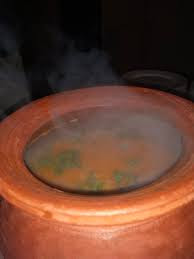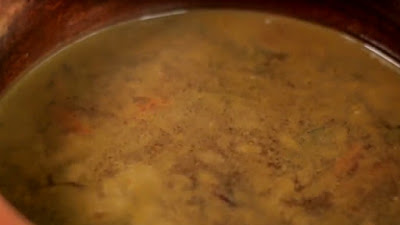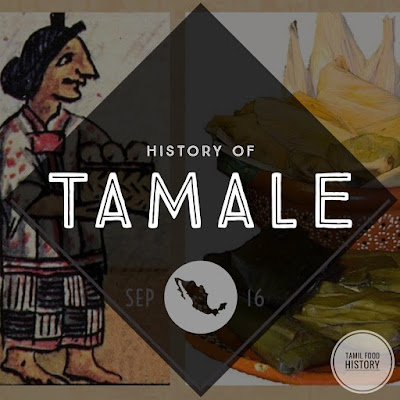 |
How to make Rasam / Poondu Rasam @tamilfoodhistory
|
How to make Rasam?
“Rasam" is the Tamil name for a watery, soupy dish that is passed all over the world. The etymology of Rasam is from Tamil meaning "extracted juice" or "essence" Often eaten in Southern India.
It is known as “chaaru" in Telugu and "saaru" in Kannada, but it also has numerous other names, including “pulusu,” “pulichaar,", "satamudhu." All these names imply a juice, an essence, or an infusion of some sort.
A Note on Rasam
Rasam is always hot and sour, and those characteristics came from Tamarind and Black Pepper. But we were introduced to tomatoes and red chilies in the 15th century, these ingredients were happily added to the core ingredients.
At a traditional meal of Tamils in Ilangai (Eelam) and Tamil Nadu, where all courses are served with soru (rice), there is always rasam!
No utensils is used to eat rasam with soru (rice). One should be skilled enough to eat rasam and soru with hands without falling one-drop of rasam on you :-)
History of Rasam #knowyourhistory
If you have ever eaten a mulligatawny soup, you should know that its origins lie centuries back in a rasam. The British perhaps mispronounced the Tamil words used in the Tamil country "Milagu Thaneer" meaning "Black Pepper Water."
Milagu Thanner is an ancient rasam made with an infusion of black pepper and tamarind extract.
And, of course, the British wants to eat the "rasam" (soup) with a spoon, so rasam was thickened, a little rice was added and a spoon was provided.
Prof. Gregory James, a professor with the Language Centre of the Hong Kong University of Science and Technology said "It was surprising to see words like mulligatawny (rasam), pongal, catamaran and conjee in the Oxford English Dictionary (OED)."
In ancient Tamil country aka Tamilakam or Thamizhagam, rasam was not served with soru (rice), instead it was served in a mann paanai (small clay pot) to drink at the end of the meal.
The reason for serving it at the end of the meal is to help digestion. Also rasam is very soothing to our stomach after a heavy meal #wisdomoftamils
Importance of Rasam - Tamil Traditions
It is customary in those beautiful days in ancient Tamil country for a newlywed girl to come home (groom’s home) and cook her first dish -the payasam (sweet pudding).
Next to it, the elders in the home will taste the Rasam prepared by her. On preparing the tasty rasam, the elders determines that her daughter-in-law knows to cook well.
Benefits of Rasam
“In ancient Tamil country, during festivals and weddings drinking rasam is mandatory after eating full meals and rice pudding on banana leaf” which helps in digestion. This tradition is still being followed by Tamils all over the world.
One of the important grandma's remedies is to drink the rasam during fever.
- Rasam helps in secretion of digestive enzymes which helps our body greatly
- Relieves cough, colds and shortness of breath
- Prevents formation of gas, and flatulence
- The use of black pepper in the stew helps secretion of acids that aid digestion
- Seeragam (cumin seeds) and Poondu (garlic) helps with digestion
- It is rich in antioxidants that prevent the free radical activity
- Tomatoes used in the rasam comes with its share of antioxidants and vitamin C which further enhances skin health
How to make rasam - Poondu Rasam | Garlic Rasam | Village Style Rasam
Step by step process on "How to make village style poondu (garlic) rasam."
I appreciate your comments and feedback :-) Follow me on Instagram and Facebook.
Before you go, if you are more interested in deep diving into food history that connects the world, subscribe to my email list to receive insights of every post. Thank you. Keep in touch :-)








Comments
Post a Comment